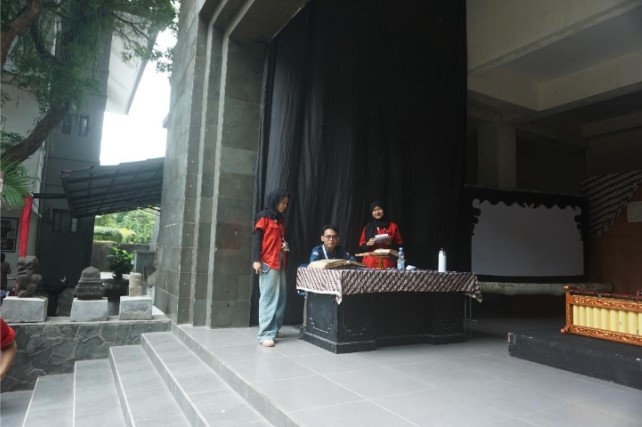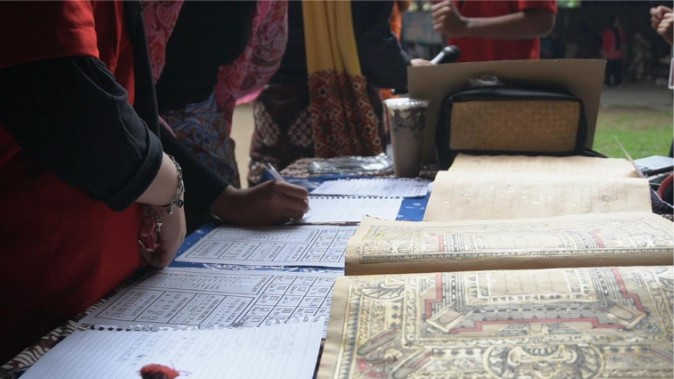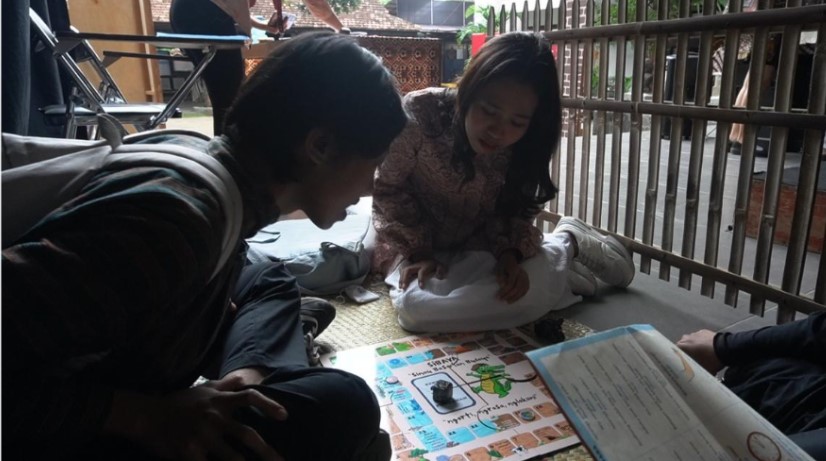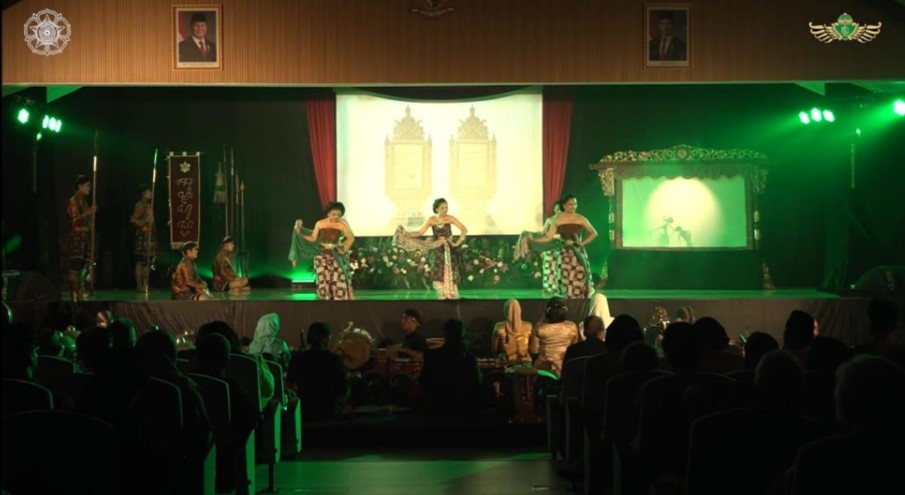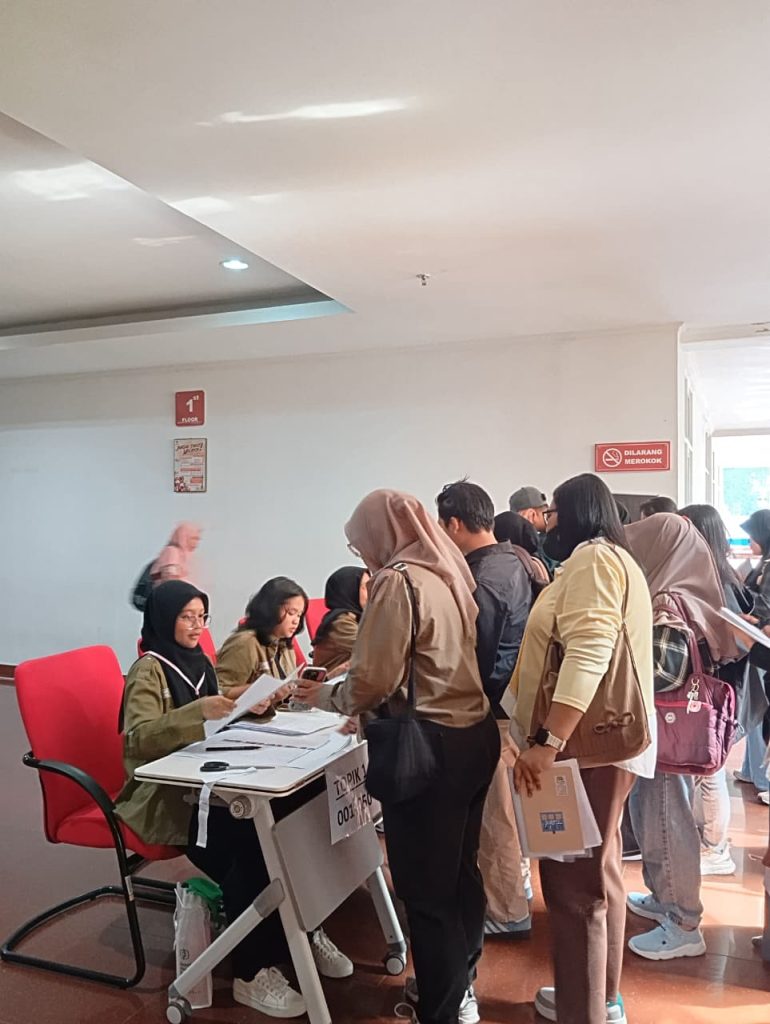The Javanese Language, Literature, and Culture Study Program, Faculty of Cultural Sciences, Gadjah Mada University, is once again holding its annual Gugur Gunung 14 event as part of the 70th anniversary of the study program’s establishment. Established on September 19, 1955, the Javanese Language, Literature, and Culture Study Program has now entered its seventh decade of research, development, and preservation of Javanese culture in both academic and wider communities.
This year, Gugur Gunung carries the theme Tataning Ucap Sirnaning Dhesti, which means “organizing speech to avoid misfortune.” This theme forms the basis of values in fostering a spirit of mutual cooperation, unity, and togetherness in order to achieve the noble goal of preserving and realizing the sustainability of Javanese language, literature, and culture.
The first series of activities is a Javanese cultural exhibition which will be held on September 17-18, 2025, on the 1st floor of the Margono Building, from 10:00 a.m. to 4:00 p.m. During the exhibition, visitors are invited to explore various forms of Javanese culture through traditional games, gamelan musical instruments, wayang kulit (shadow puppets), ancient manuscripts, and weton (birth date calculations). Visitors can not only observe, but also interact directly and gain knowledge about the philosophical meaning behind each culture on display.
The highlight of the Gugur Gunung 14 event will be held on September 19, 2025, at the Poerbatjaraka Building Auditorium on the 3rd floor. The highlight of the evening will feature a variety of art performances, including classical dance, creative dance, and the dance drama “Adisari: Cahaya Kasih di Balik Penaklukan” (Adisari: The Light of Love Behind Conquest).
Full screenshot of the Faculty of Cultural Sciences Knowledge Channel (2025, September 30) at [13:00]. Accessed from https://www.youtube.com/watch?v=gLnTciXTCEg.
The dance drama was adapted from the text and illustrations of the Babad Metawis Skriptorium Pakualaman manuscript, which was initiated by Sri Paku Alam II. In addition to showcasing the richness of traditional art, the event was made even more special by the collaborative performance of students from Osaka University. It also served as a moment of farewell and appreciation for Dr. Sri Ratna Saktimulya, M.Hum., who was retiring from her position.
The Gugur Gunung 14 event is not just an anniversary celebration, but also a concrete means of preserving and reviving Javanese culture. Through this event, the Javanese Language, Literature, and Culture Study Program affirms its commitment to maintaining the sustainability of the noble values of Javanese culture so that they remain relevant amid the tide of modernity.
Author : Haryo Untoro
Editor : Haryo Untoro
Bibliography
Kanal Pengetahuan Fakultas Ilmu Budaya UGM. (2025, 29 September). Alih Wahana Manuskrip Kuna ke Seni Pertunjukan, Adisari: Cahaya Kasih di Balik Penaklukan [Video]. Youtube. Retrieved from https://www.youtube.com/watch?v=gLnTciXTCEg.


